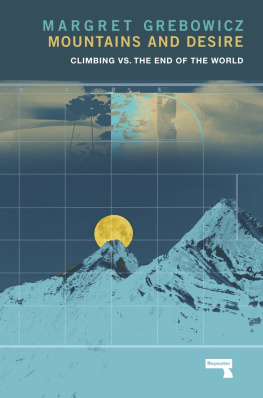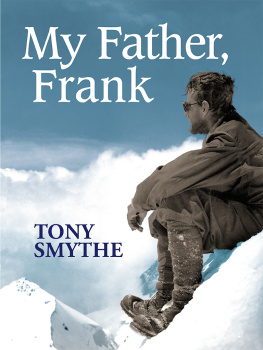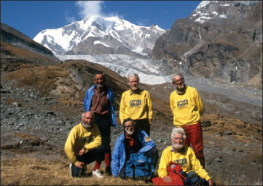

GEORGE W RODWAY ( left ) and IAN R MITCHELL ( right )
GEORGE W RODWAY P h D is an Assistant Professor in the College of Nursing and School of Medicine at the University of Nevada and Honorary Research Fellow at University College Londons Centre for Altitude, Space and Extreme Environment Medicine. He is the author of many scientific and historical articles and has been an active mountaineer in the Americas, the Himalayas and Europe for over 30 years, George lives in Nevada, USA .
IAN R MITCHELL is the author of numerous mountain and hillwalking books, and writes regularly for the outdoor press. With Dave Brown he won the prestigious Boardman Tasker Prize for mountain writing in 1991 and their acclaimed book Mountain Days and Bothy Nights was the only Scottish non-fiction work in the top 10 poll for World Book Day 2003. Ian has mountaineered widely in Europe and North America as well as in Scotland. He grew up in Kellas home town of Aberdeen and now lives in Glasgow.
FRONTISPIECE

The only known image of Alexander Kellas together with his sherpas. Taken at Tangu Dak bungalow sometime before 1914.

First published 2011
This edition published 2014
ISBN: 978-1-910324-08-0
Maps ) Jim Lewis
Typeset in 11pt Sabon by
3btype.com
Appendix A Consideration of the Possibility of Ascending Mount Everest reproduced with permission of Mary Anne Liebert.
Every effort has been made to locate image copyright holders. Should there be any omissions please contact the publisher.
Ian R Mitchell and George W Rodway
The authors right to be identified as authors of this book under the Copyright, Designs and Patents Act 1988 has been asserted.
This book is dedicated to Professor John B West MD , P h D for bringing his pre-eminent knowledge of the history of high altitude physiology and medicine to bear on the resurrection of the reputation of the all-but-forgotten Himalayan mountaineer and scientist AM Kellas nearly a quarter of a century ago.
Acknowledgements
WE WOULD LIKE to thank Doug Scott for providing a foreword to this book, and also Liz Smith, Peter Drummond, Mike Dey and Alexander and Laura Mitchell for their help and support.
We also owe a big debt of gratitude to all members of the 2009 Anglo-Indian-American Sikkim ( AIAS ) expedition who most kindly assisted this project by providing many of the images found in this work.
Further we would like to thank the Royal Geographical Society for permission to use the many images by Alexander Kellas which are published, mostly for the first time, in the book, as well as the Scottish Mountaineering Club, University College London, the University of Durham (Bentley-Beetham Collection) and the estate of Frank Smythe for permission to use other images which appear in the book. We are grateful to Doug Scott for providing us with the main cover image. Uncredited images are in the public domain.
A Note on Nomenclature
Himalayan nomenclature is a problematic issue. We have retained the original usage of place and mountain names by Kellas and others in the quoted text, but after first citation in the main text tried to utilise standard modern map usage, as far as was possible.
Contents
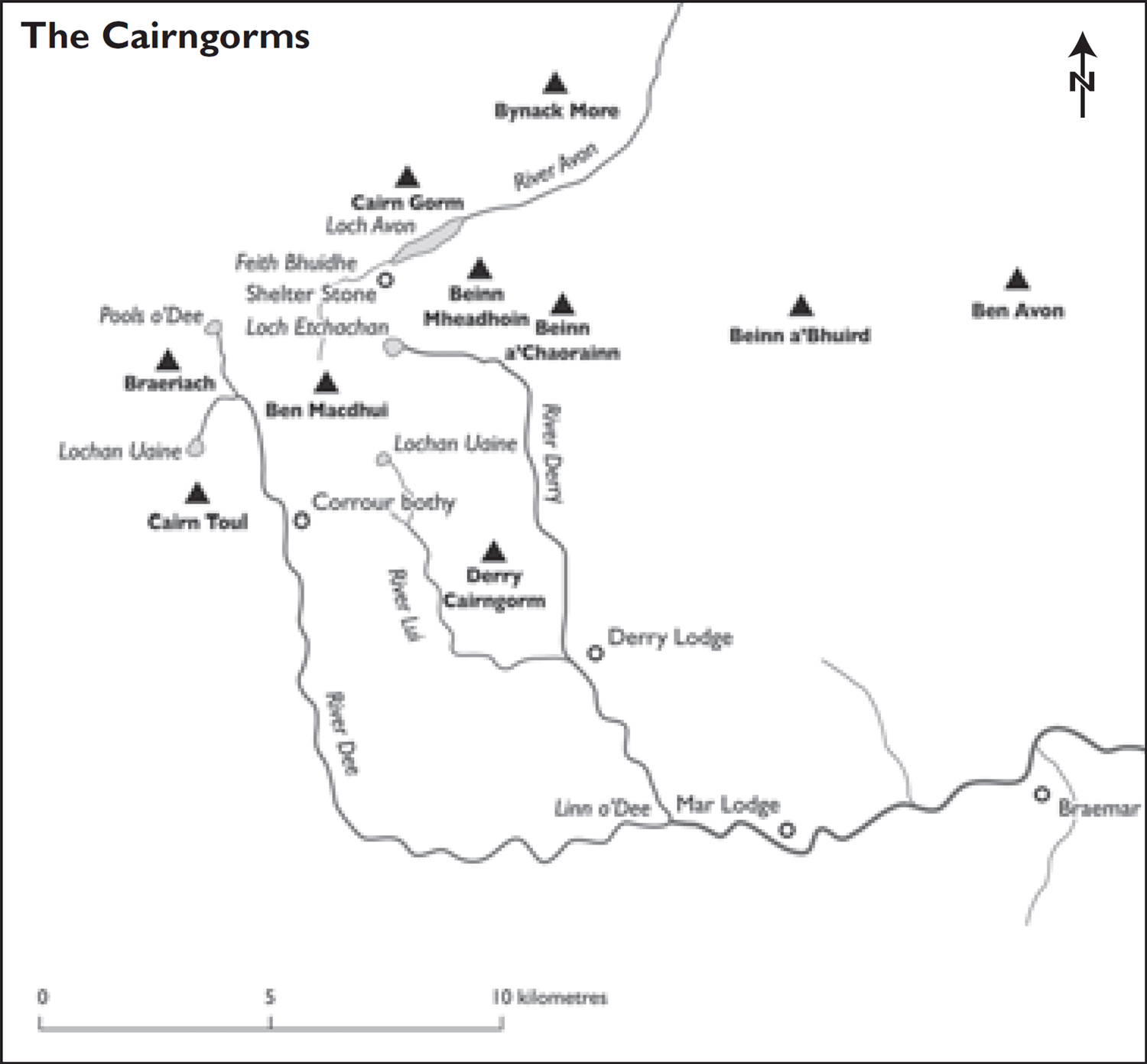
Map 1 The Cairngorm Mountains, Scotland

Map 2 The Valais and Bernese Oberland, Switzerland

Map 3 Sikkim, India

Map 4 Garhwal, India
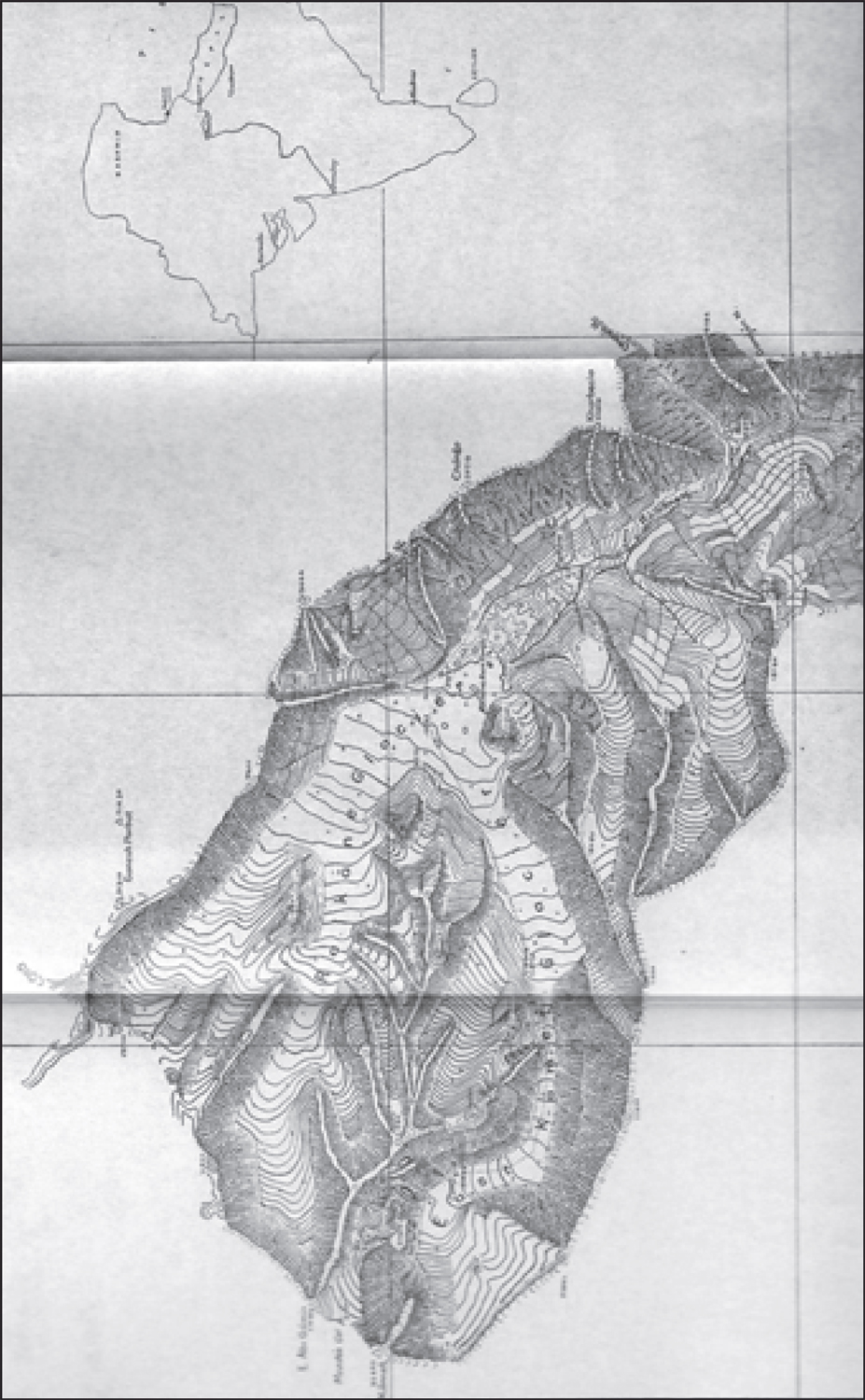
Map 5 The Kamet Glacier, 1920
(Laltan Khan)

Map 6 Route of the Everest Expedition, 1921
Foreword
ALEXANDER KELLAS at his death in 1921, and for a considerable number of years afterwards, had an unrivalled reputation in the world of Himalayan Mountaineering.
This reputation was based upon the number of Himalayan climbs achieved, the lightweight style of his ascents and explorations, being the first to really champion the abilities of the Sherpa and his knowledge of high altitude physiology, which was second to none. For the latter reason alone he was such an important member of the 1921 Everest Reconnaissance Expedition during which he died.
Strangely, since the 1950s reference to Kellas in relevant mountaineering literature has diminished to the point where his achievements are all but unknown to the vast majority of mountaineers.
He did not write books of his exploits that perpetuated the memory of those contemporaries that did, such as Mummery, Collie, Younghusband, Longstaff and others to follow.
This book is therefore timely if not long overdue. In it the reader will discover all the climbs and explorations Kellas made, and it traces from early schoolboy days his journey from the Cairngorm Mountains to the remote Himalayan peaks of Sikkim and the Garhwal.
There is much more to this story than simply a list of events, for it is not only about his life but also about the times in which Kellas lived. It is good to be reminded just how fit our predecessors were before the motor car; in 1885 aged 17 he and his younger brother Henry walked the 35 miles from Ballater to the Shelter Stone in 12 hours, excluding an hours rest. The latter part of the journey being over rough country into the heart of the Cairngorm Mountains.
Kellas had without doubt enormous stamina and was able to keep going with inadequate food, clothes, and shelter for days at a time when young, which characterised his later Himalayan explorations. There are many threads running through the narrative that help us understand Kellas journey through life. It was a life that was extremely hard and often lonely since he appears to have been set apart from full social contact by inner voices leading to quite severe psychosis in later life.
It was only in the Himalaya, it seems, that he could find relief and be at peace with himself in the company of local people looking around the next corner or over that distant col. I had to read this book to write this foreword but once started I found it a compulsive and fascinating account of one of the great pioneers of Himalayan climbing.
Doug Scott
Kathmandu
Introduction
EVERY BOOK HAS ITS own particular genesis, but the current volumes origin was possibly more particular than most, and involved a good deal of serendipity. Both of its authors had been independent admirers of Kellas for some time, but were unaware of each others interest in the man and his achievement, or even of each others existence.
Next page

